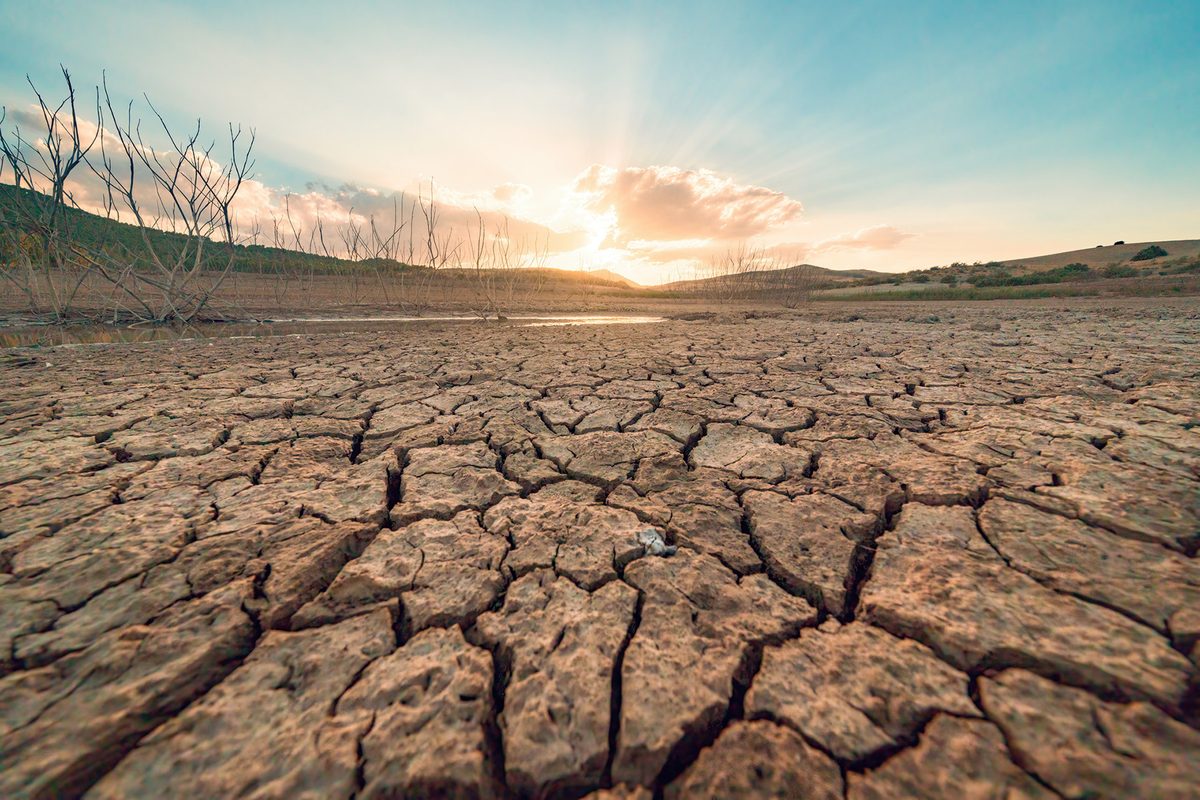
The surprising truth of how land, not ice, is now driving sea level rises | BBC Science Focus Magazine
How did your country report this? Share your view in the comments.
Diverging Reports Breakdown
The surprising truth of how land, not ice, is now driving sea level rises
Dry regions around the globe are growing so quickly that they’re beginning to merge into vast, connected ‘mega-dry’ zones. One such area now stretches from the southwest coast of the US down into Mexico. 101 countries are steadily losing their fresh water, threatening 75 per cent of the world’s population (nearly six billion people) with water shortages. As the landscape dries out, humans pull more water from sources such as underground aquifers. These reserves aren’t being replaced at the same rate.
Researchers found that water lost from soil, lakes, and underground aquifers is accelerating sea level rise – and this drying trend is expanding at an alarming rate.
Dry regions around the globe are growing so quickly that they’re beginning to merge into vast, connected ‘mega-dry’ zones. One such area now stretches from the southwest coast of the US down into Mexico.
In the past, the drying of some regions was mostly offset by others becoming wetter. But now dry areas are expanding faster than wet ones – spreading by an area twice the size of California every year.
Currently, 101 countries are steadily losing their fresh water, threatening 75 per cent of the world’s population (nearly six billion people) with water shortages.
“In many places where groundwater is being depleted, it will not be replenished on human timescales,” the study, recently published in Science Advances, states. “Protecting the world’s groundwater supply is paramount in a warming world and on continents that we now know are drying.”
Using satellite observations taken between 2002 and 2024, the study tracked how water is being stored across Earth’s land surface, in lakes, rivers, snow, in the soil, groundwater aquifers and even inside plants.
While climate change is driving the changes, according to the study, human interventions have made the problem worse. As the landscape dries out, humans pull more water from sources such as underground aquifers.
These reserves aren’t being replaced at the same rate, causing dry areas to expand even faster and eventually link up.
For instance, the study found depleted groundwater in California’s Central Valley and the Colorado River basin means these dry areas have now merged with those in Central America to form one giant dry region.
The drying is also spreading into areas that were previously wet – such as Canada and Russia. – Credit: Getty Images
“The continued overuse of groundwater, which, in some regions like California, is occurring at an increasing, rather than at sustainable or decreasing rates, undermines regional and global water and food security in ways that are not fully acknowledged around the world,” the study states.
It also claims that key decisions, both at national and international levels, are urgently needed to “help preserve this precious resource for generations to come.”
Read more:
Source: https://www.sciencefocus.com/news/continents-drying-sea-level
